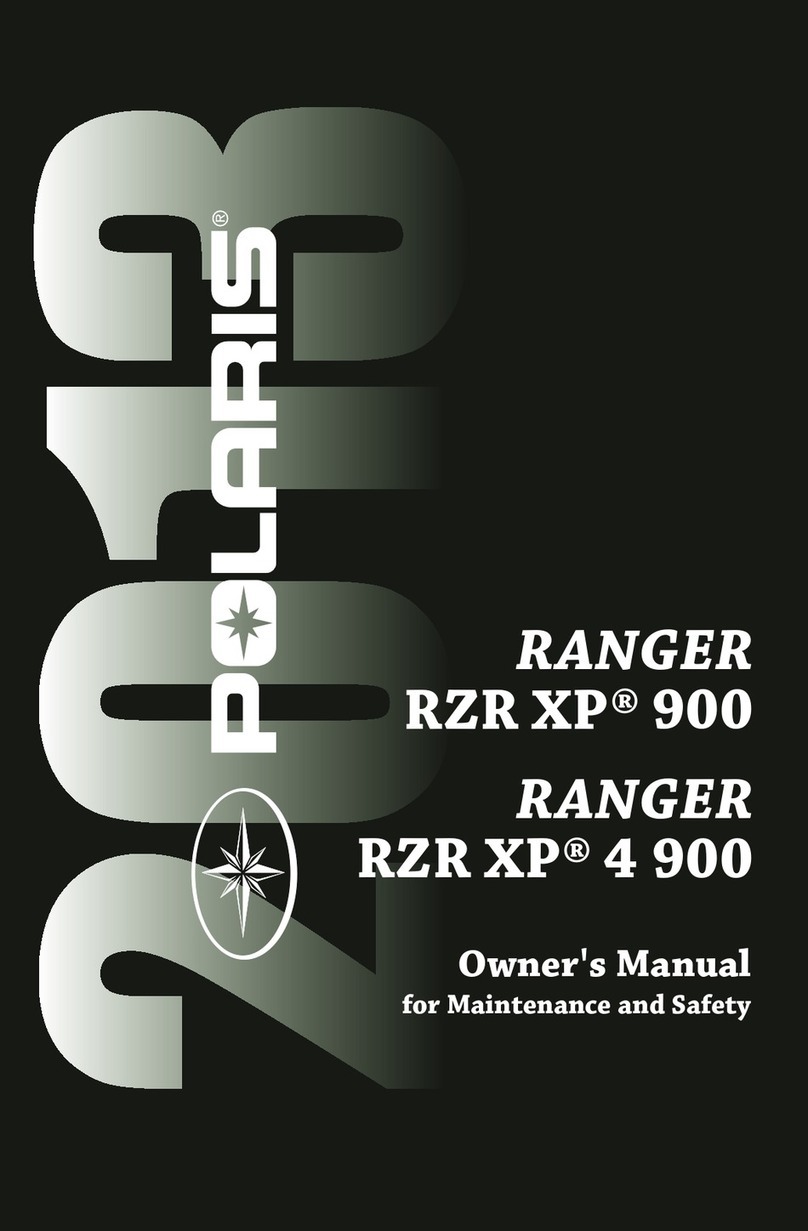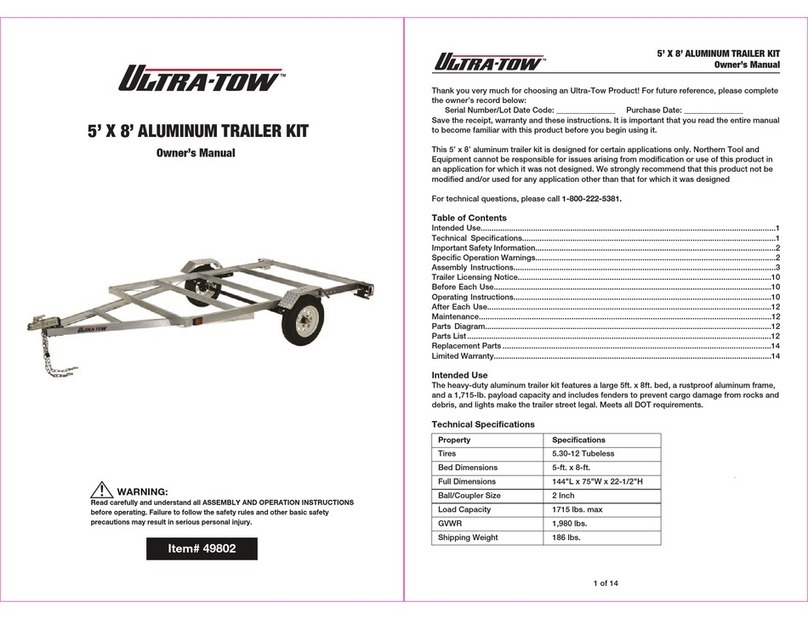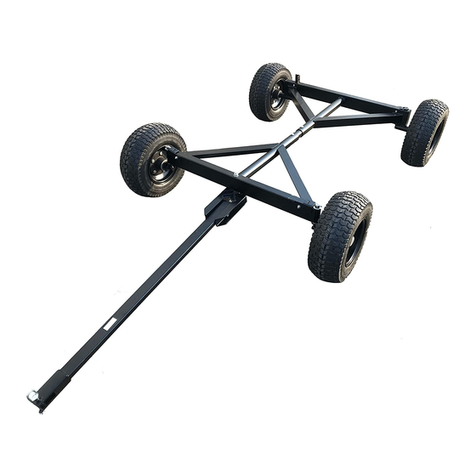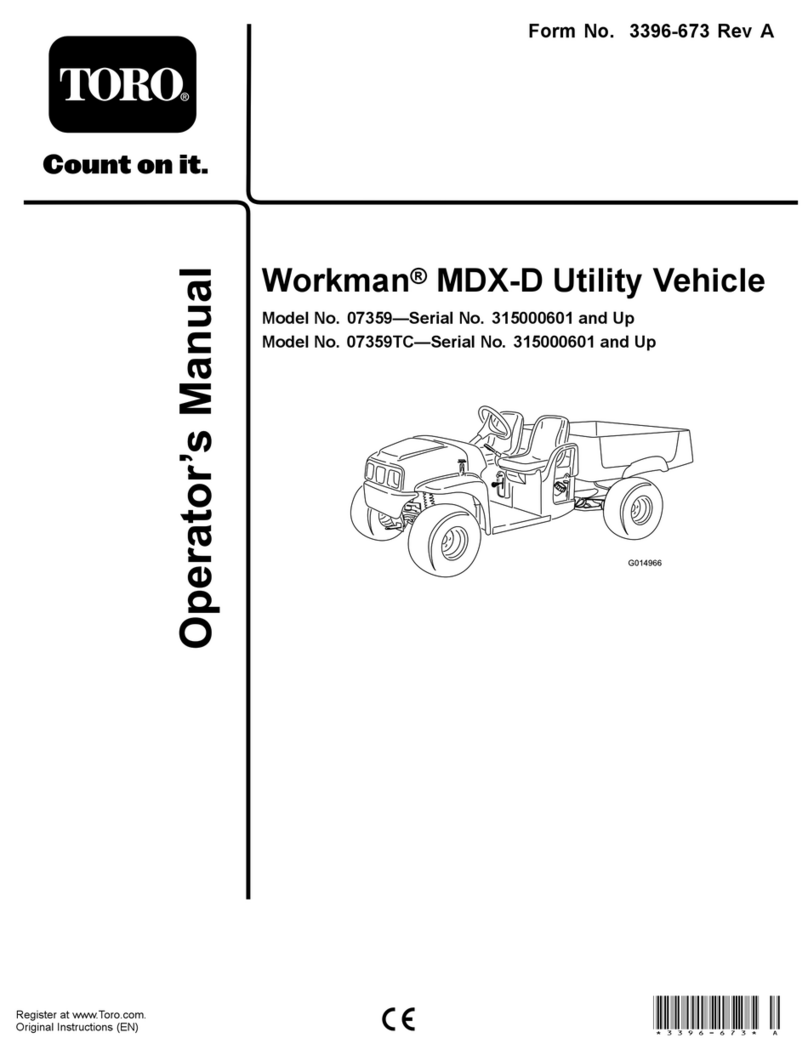Hisun HS250UTV Owner's manual




















This manual suits for next models
1
Table of contents
Other Hisun Utility Vehicle manuals
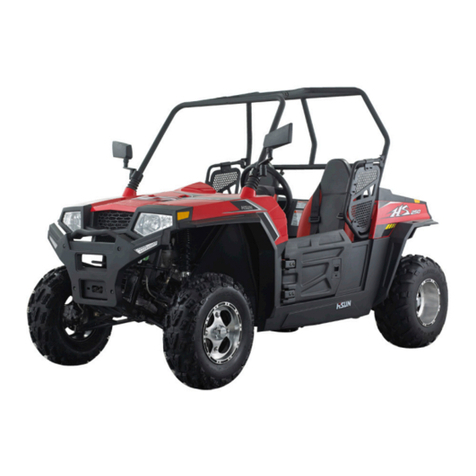
Hisun
Hisun Strike 250 User manual
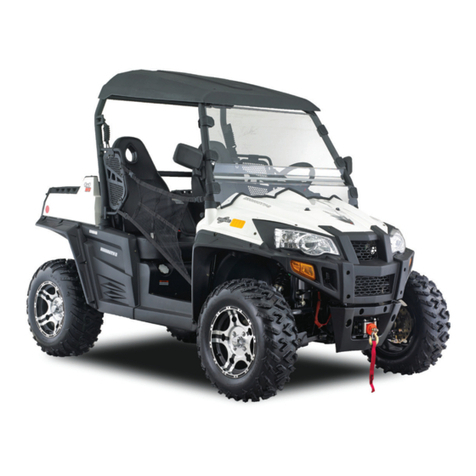
Hisun
Hisun STRIKE 800 User manual

Hisun
Hisun SECTOR 1000 User manual

Hisun
Hisun HS294-2 Owner's manual
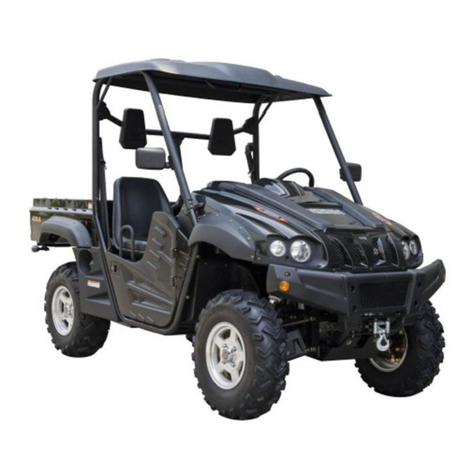
Hisun
Hisun HS500UTV User manual

Hisun
Hisun HS1P65MM User manual
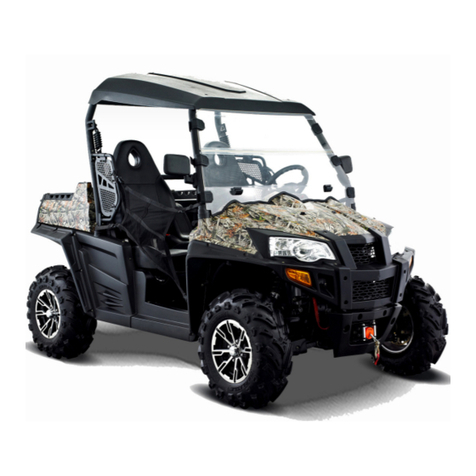
Hisun
Hisun HS800 User manual
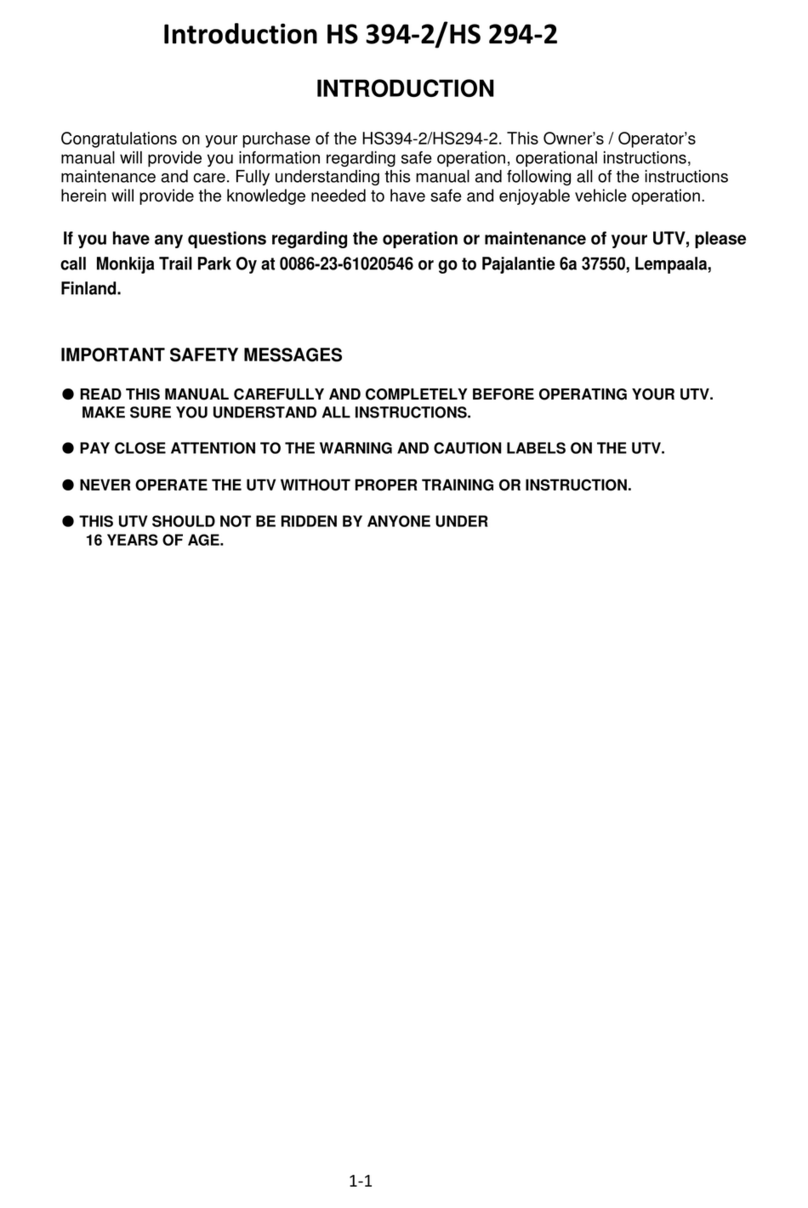
Hisun
Hisun HS394-2 Owner's manual
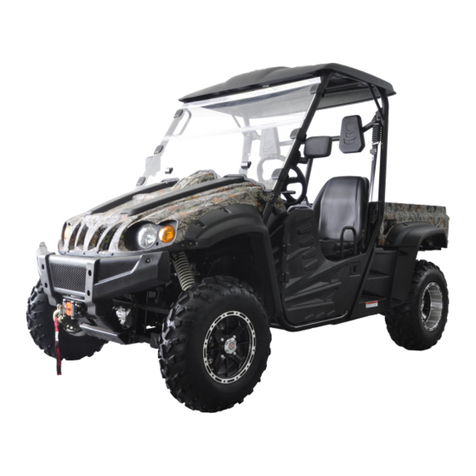
Hisun
Hisun HS700UTV-4 Manual
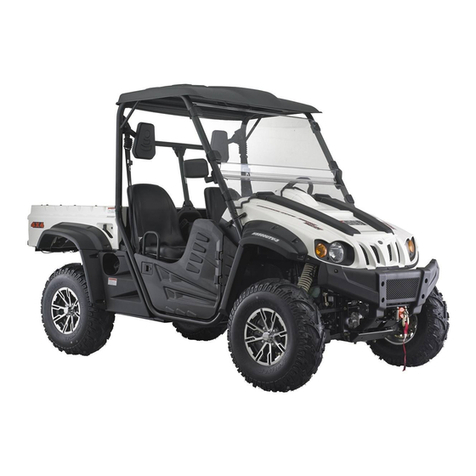
Hisun
Hisun HS 500 User manual
Popular Utility Vehicle manuals by other brands

North Star
North Star MultiStar Assembly instructions
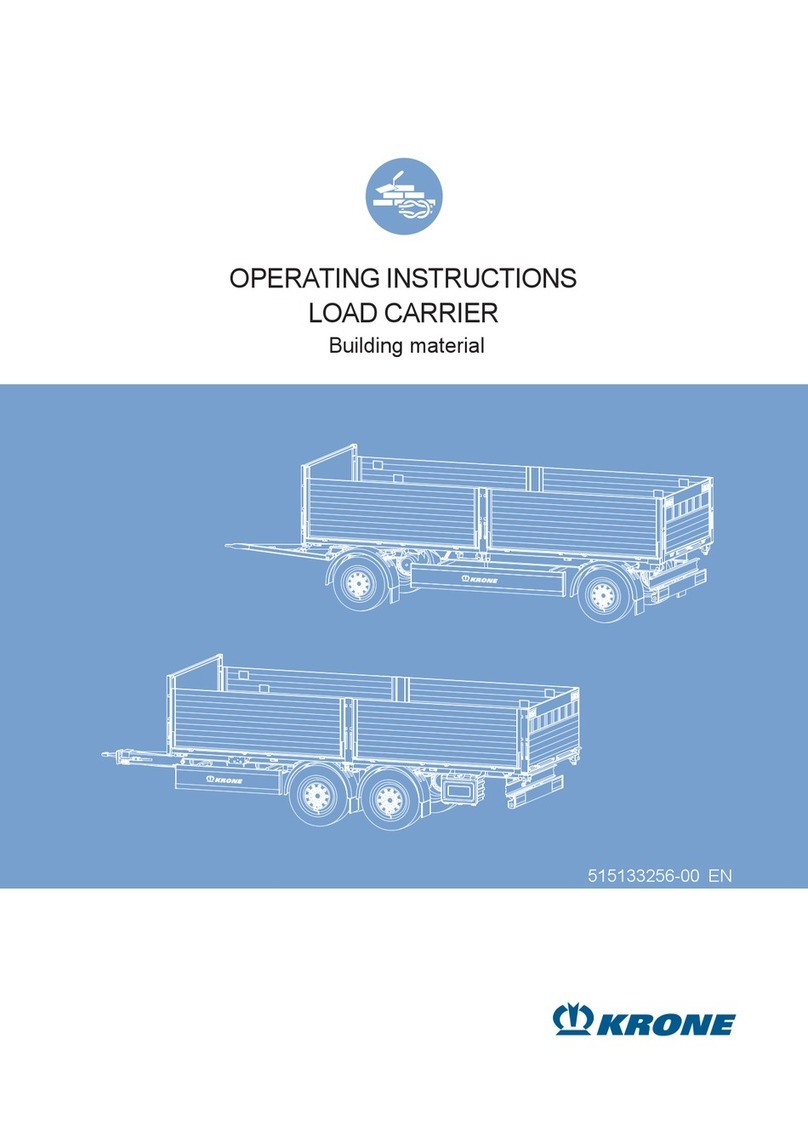
Krone
Krone LOAD CARRIER operating instructions
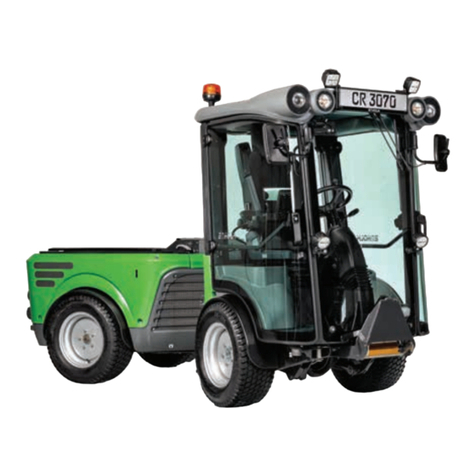
Egholm
Egholm City Ranger 3070 Operator's manual
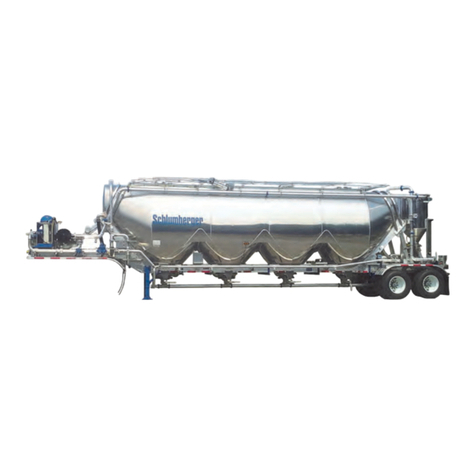
Heil Trailer
Heil Trailer 1600 Owner's/operator's manual
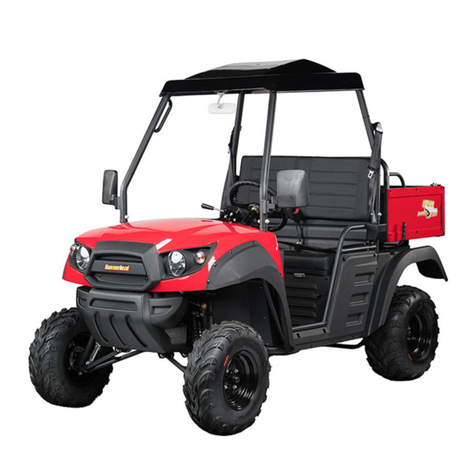
Hammerhead
Hammerhead 2013 R 150 owner's manual

Curtis
Curtis KUBOTA B2650 Installation & owner's manual

American Sportworks
American Sportworks 7151 150cc Owner's manual / parts guide

Toro
Toro Workman 07143 installation instructions
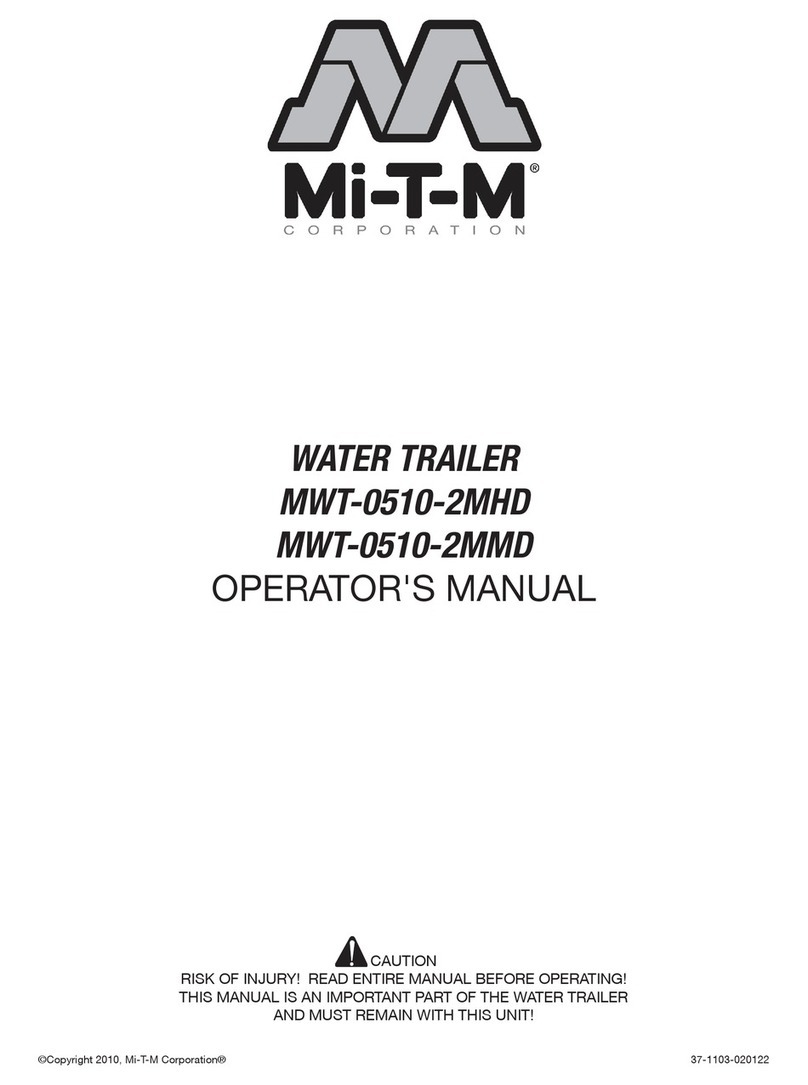
Mi-T-M
Mi-T-M MWT-0510-2MMD Operator's manual

Morgan Olson
Morgan Olson Route Star quick start guide

Cushman
Cushman 678250 Service manual

Linhai
Linhai Landboss LH800U-2D Owner's/operator's manual


